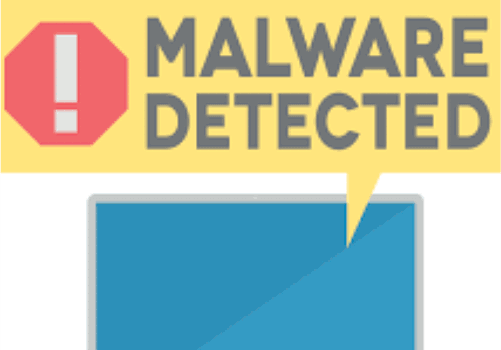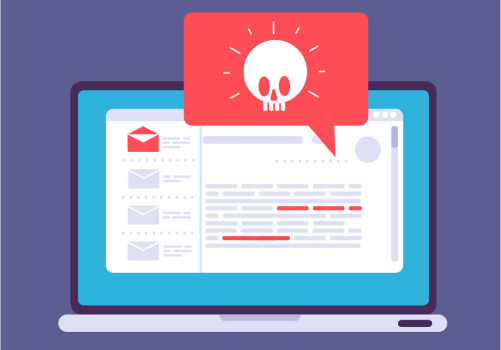How to Remove Malware From Your PC?
It should be drilled into you by now Use antivirus software. These programs — from free tools and paid antivirus software
up to major security suites — keep tabs on your Windows PC with reviews, real-time monitoring, indeed heuristic analysis of
lines and processes so new pitfalls can be linked. It's imperative especially with Windows that you have antivirus installed.
Still indeed the stylish antivirus is not 100 percent foolproof a device formerly compromised by malware could get on your
network people can place malware on a system and some malware lays dormant staying to attack. Social engineering or phishing
schemes can trick people (you) into clicking an infected link or attachment. There are indeed guileful scare ware programs
that look like antivirus or anti spyware but when you install them, you get infected! Always download from the source — avoid
the third-party download spots.
Occasionally, it's hard to tell when you've been hit by a computer contagion. There is a plenitude of signs you should keep
an eye out for — an incredibly slow performance where once the PC zipped along, cyberspace pop-ups when no cyberspace is
indeed open, scary warnings from security programs you did not install, indeed rescue demands. Still or know with absolute
certainty, that you've got a malware infection If you suspect. (Note that if you do get a rescue demand, the ransomware
involved may have formerly translated your lines. The results below may annihilate the ransomware, but may not give you
access back to the data. So make sure you've got a constant backup of your lines, to the pall or else.)
Update Your Antivirus.
First make sure your antivirus software is completely streamlined with the rearmost contagion delineations — that's how the
software identifies malware grounded on what has come ahead. Antivirus merchandisers are continued renewing these lists as
they encounter new contagions and Trojans in the wild and in the lab however you run the threat of infection If your software
is indeed a day out of date. Still you always have a free antivirus installed in the form of Microsoft Windows Defender
Security Center ( formerly called simply Windows Defender), If you have Windows 10. That's better than nothing and gets
updates via Windows10's erected-in streamlining function. But it's far from perfect. We suggest you incontinently download our
top-rated stylish free antivirus, Kaspersky Security Cloud Free, which is a stripped-down interpretation of the full Kaspersky
Security Cloud suite.
If you want to fix an infected PC for a business you or the master should spend the plutocrat to get a full security suite our
Editors' Choice options moment are the forenamed Kaspersky Security Cloud, as well as Kaspersky Internet Security, BitDefender
Internet Security (and Bitdefender Total Security), and Norton 360 Deluxe. All of the below earned4.5- star reviews. They range
from barebones (but complete) suites omega-suites bursting with features to cross-platform suites that cover all your bias — not
just Windows. With that software onboard, perform a deep, thorough checkup. Let it run for as long as it takes and hope that it
finds and fixes the problem. That is your best-case script. But if the malware is good at its job also it presumably killed your
antivirus to get there in the first place.
Revert, Reboot, Overlook, and Re-scan
Still when malware attacks and can not be fixed, use this occasion to reset the system If you've got System Restore points set
in Windows. It could do the trick but presumably will not. The malware may be too smart.
You can reboot directly to the erected-in Microsoft Defender that comes with Windows 10. To do that, go to Settings> Update &
Security> Windows Security> Virus & trouble protection.However, you will see it then, plus an option to spark Microsoft
Defender for periodic reviews that will not intrude with the real-time work of your installed antivirus (If you're running a
third-party antivirus. It can not hurt.)
Thanks!
Call Now




